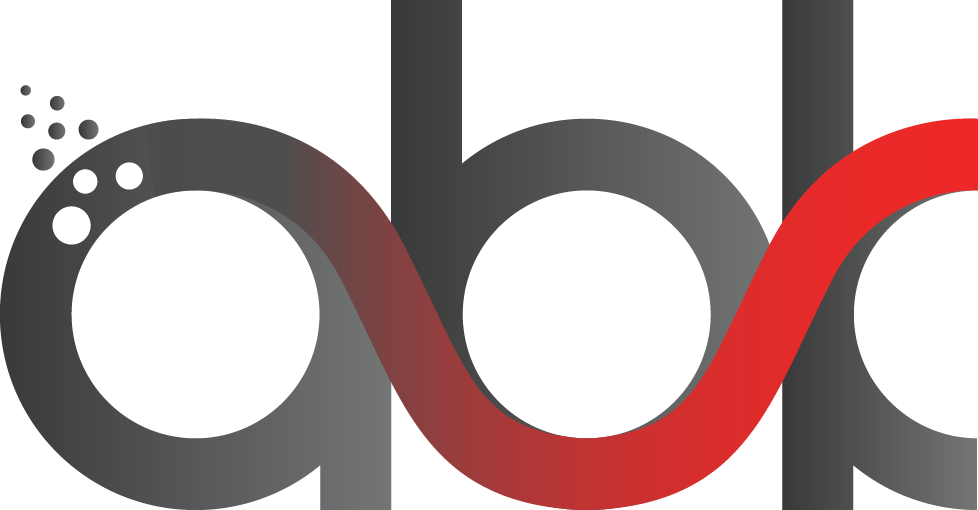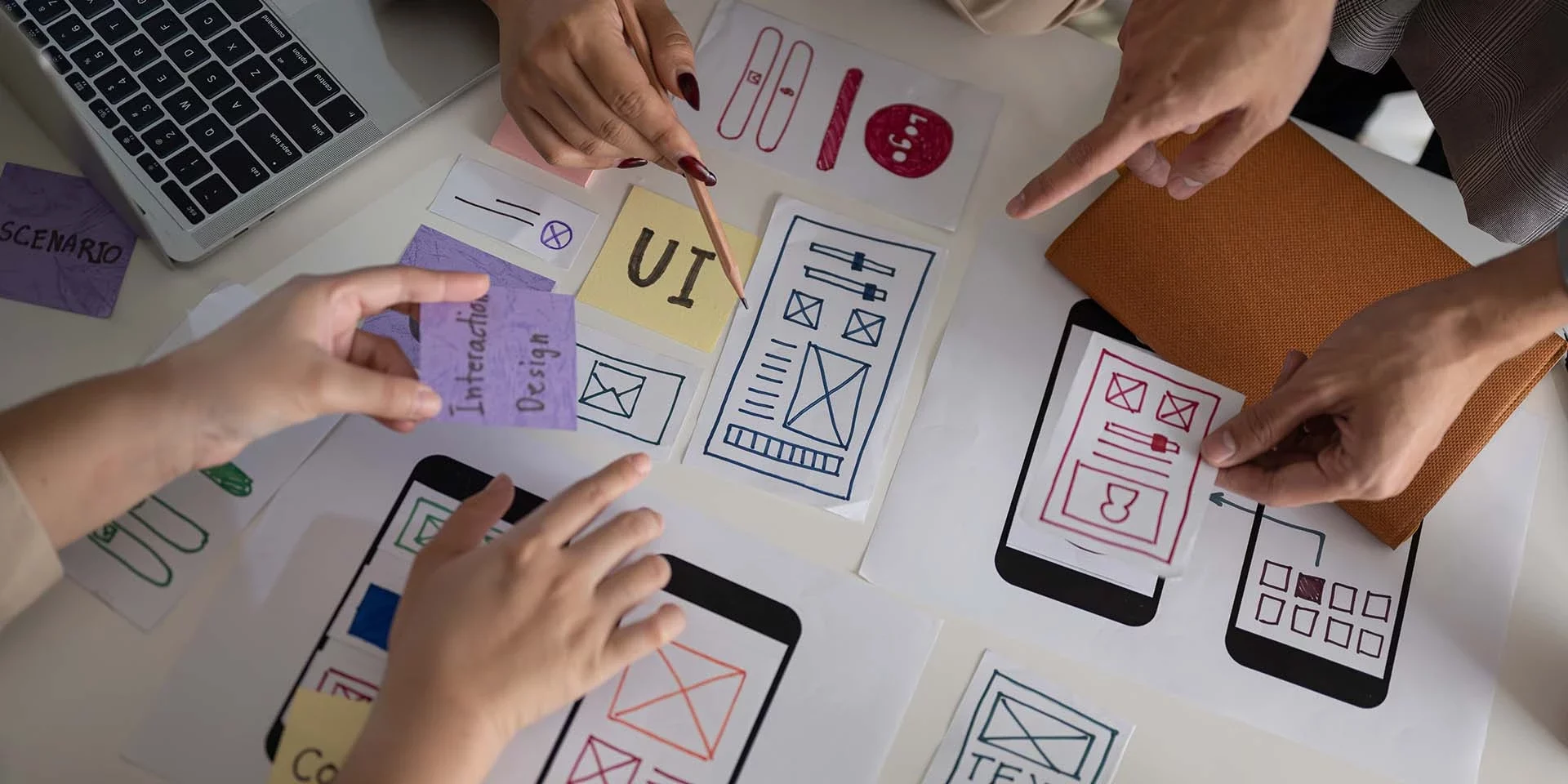Understanding the Step-by-Step UX Design Process
Table of Contents
Understanding the Step-by-Step UX Design Process
UX designers create interfaces for digital products, making them highly intuitive and user-friendly. They leverage “design thinking,” a systematic approach to the UX design process. This article will delve into the 7 steps of UX design process, outlining typical tasks within each phase.
The UX design journey for every project can vary significantly, influenced by unique user requirements and business objectives. Each design challenge is shaped by its specific context and scale, underscoring the importance for design teams to accurately identify and address the core problem at hand.
While the words UI design and UX designs are often used interchangeably, they are not the same. While the UX design aims to create a seamless experience for the product user, the UI design focuses on creating interactive and visually appealing interface that enhances the look of the product.
Let us now discuss some common steps that are followed by most UX designers:
The term UX was given by Don Norman, a cognitive scientist and co-founder of Nielsen Norman Group Design Consultancy. UX designs focus on the human-first way of designing products to enhance their overall experience. Here is the 7-step process followed for UX design.
Step 1: Define
This is the very first stage wherein the product designers meet the stakeholders to determine the objective behind the design and what exactly needs to be created. They also understand the goals and objectives behind the design, the target audience of the business and the problem they are trying to solve.
This initial kick off meeting, help designers make a foundational strategy that aligns with the objectives of the stakeholders. They finally have some key specs on which they can start working.
Step 2: Research
The next phase is research, wherein the product designers conduct thorough research to understand what their users want. They think from the user’s perspective to understand their needs and expectations from the product. This phase requires product designers to conduct both user research and market research.
There are several different approaches using which product designers can conduct user research. One widely used method is customer journey mapping, which enables them to observe the paths users follow when engaging with a product. Another frequently employed technique is usability testing, where users provide direct feedback on what functions effectively and where enhancements are needed.
For usability testing, designers can either interact directly with the prospective users or conduct surveys and polls to understand them better. For market research, they must identify and understand the current trends to determine what will work. They can also do a competitor analysis to identify the industry standards and best practices.
During the research phase, designers generally make the user personas, wireframes, user stories, and other high-level plans.
- User personas: UX designers create fictional representations of their prospective customers based on real data and research.
- User stories: Description of features from the end-user’s perspective.
- Wireframes: Basic visual representations of a page or screen layout.
Step 3: Design and Ideation
By this stage, product designers have all the information about the users, markets and the competition. So, now it’s time to think how the product must be built and what technologies must be used. They start by sketching out some ideas, developing a project roadmap and establishing important milestones. They also plan the overall layout and navigation of the product and determine the specific elements for each page.
At this stage, it is important to think about the overall user experience and how the users will interact with the interface. They must also determine what information the users will be seeking and how they will be able to find it easily. This gives them a clear understanding of what the interface must look like.
During the design phase, it is crucial to think about both the aspects the UX (User experience) and the UI (User Interface) and work on the following:
- Information architecture
- Layout
- Navigation
- Usability
- Accessibility
- Microcopy
The product designer then refines wireframes and low-fidelity interfaces into a more polished iteration. This stage focuses on enhancing elements like color schemes, typography, and iconography, aiming to create an aesthetically pleasing and user-friendly interface.
Step 4: Prototyping
Now it’s time to create a working prototype from the UI. Mastering the process of prototyping, which ranges from developing basic wireframes to evaluating fully functional mockups, represents one of the most impactful and valuable skill sets for any designer to acquire. A working protype offers a more realistic experience for usability testing, which can help with more accurate insights and user feedback. Prototypes can be made using a range of tools like InVision, Justinmind, and Axure. They also help designers spot and fix any unintended scenarios, usability issues and determine what’s working and what’s not.
Step 5: Testing
Not it’s time to test the interface with real users. Usability testing is crucial to understand how easy it is for the users to use the interface. For this, users may be asked to complete some tasks to see if they encounter any problems or face any confusions. This usability testing helps designers to pinpoint the problem areas and fix them before they make the final product live.
Users can also offer their valuable feedback that can help improve the design further. Usability testing, if done right, can help designers make proper revisions before the product goes live. Once all the changes are determined, the designer executes these changes to the design work.
Step 6: Launch
Once all the necessary changes have been executed, the designer must do the final review to ensure that the design meets the usability standards. Once it is done, the product is ready to be handed over to the development team for further implementation.
Step 7: Iteration
Even after the initial launch, digital products such as websites or apps continue to evolve. The design process is a continuous cycle intended to be repeated as users engage with and offer feedback on the product.
The objective is to consistently enhance the user experience through incremental adjustments and enhancements. By continually iterating on the design, the designer can maintain the usability and relevance of their product and meet the needs of its target audience effectively.
Summing Up
Being a UX designer is more than just depicting technical skills, they aim to create designs that create lasting solutions. The process of UX designing aims to create the right solutions for the right people at the right time. We at ABK have a team of UI and UX designers who thoroughly research your user needs and problems and create standout solutions. Their wealth of experience and knowledge in UI/UX design ensure high-quality outcomes for businesses. Whether you’re launching a new product or refining an existing platform, we bring strategic thinking and innovative solutions to every project. Discover how ABK can enhance your digital strategy and drive measurable results, you can contact us on +1 980 347 3323 or email us at connect@abkdigital.com.

